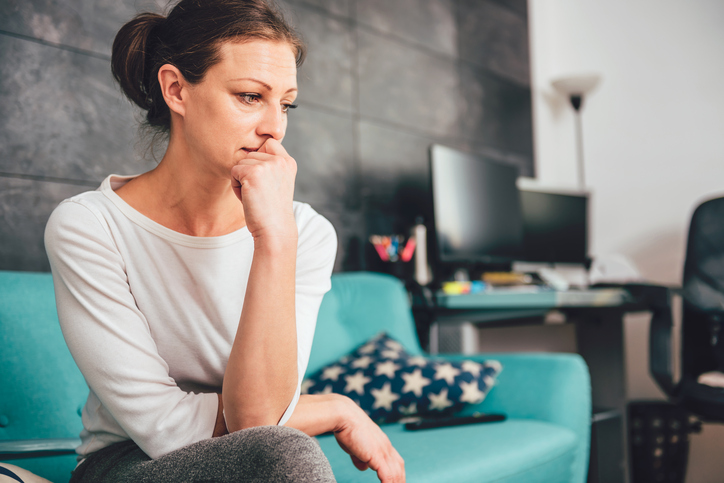Mental health experts first recognized seasonal affective disorder (SAD) — or depression that follows a seasonal pattern — in 1987. Some recent research has called SAD into question. What’s with the clashing theories? What do U.S. healthcare experts say, as of today? And how do people treat SAD? Read on.

Questioning SAD
Both culturally and clinically, most people have accepted SAD as a type of depression since it was added to the Diagnostic and Statistical Manual of Mental Disorders (DSM) about 30 years ago.
But in January 2016, the journal Clinical Psychological Science published the results of a large-scale U.S. survey that questioned the validity of SAD. The authors’ conclusion? “Depression is unrelated to latitude, season, or sunlight. Results do not support the validity of a seasonal modifier in major depression. The idea of seasonal depression may be strongly rooted in folk psychology, but it is not supported by objective data.” The authors recommended that mental health professionals should possibly stop officially recognizing a seasonal aspect in the diagnosis of major depression.
The DSM (diagnostic manual) still includes SAD, but the 2016 survey led some psychological experts to declare that there’s “no evidence that levels of depressive symptoms vary from season to season.” It also caused some confusion about the legitimacy of SAD in the media, and led to headlines like “Seasonal affective disorder is probably a myth” and “SAD doesn’t exist — here’s the science.”
While no one is questioning the validity of depression as a diagnosis or real condition, the 2016 study has muddied the waters around whether depression may be associated with seasons.
Tip: PatientsLikeMe is a great place to track how you’re feeling each day and look back at previous seasons or years to spot any possible trends (and share them with your doctor or provider).
NIHM: SAD is real, let’s tweet about it
The National Institute of Mental Health (NIMH) still considers SAD a legitimate type of depression, and outlines the symptoms, risk factors and treatments here. It’s so real (and important) that they recently hosted a Twitter chat on the topic of SAD (see an archive of the chat here for non-Twitter users). Psychiatrist Matthew Rudorfer, M.D., chief of the Somatic Treatments Program at NIMH, helped answer questions in the chat on Feb. 20.
Some key stats and facts shared in the Twitter chat?
- The exact causes of SAD are unknown. Researchers have found people with SAD may have imbalance of serotonin, a chemical that affects mood. Their bodies also make too much melatonin (a hormone that regulates sleep), and not enough vitamin D.
- Regionally, the rates of SAD increase with more northern latitude in the U.S. For example, rates of SAD ranges from slightly over 1% in Florida to 9% in New England or Alaska. [The 2015 study NIMH cites seems to contradict the findings of the 2016 survey that found no correlation with latitude or season.]
- SAD typically hits in the late fall and early winter and goes away during the spring and summer, but depressive episodes linked to the summer can occur (yet they’re less common)
- SAD is diagnosed four times more often in women than men.
The bottom line? “Seasonal affective disorder is a form of depression, a serious illness,” NIHM says. “If you or someone you know may have depression, talk to a health care provider. Don’t try to treat depression on your own with dietary supplements or other products.”
NIMH says there are four major types of treatment for SAD, which may be used alone or in combination (talk with a doctor or licensed mental healthcare provider to make a treatment plan):
- Medication
- Light therapy
- Psychotherapy
- Vitamin D
On PatientsLikeMe, more than 800 people say they have seasonal affective disorder, with nearly 200 of them saying SAD is their primary condition. The treatment that members with SAD have reported the most frequently is light therapy.
Interestingly, some publications that labeled SAD “folk psychology” back in 2016 shared a different message following the recent NIMH Twitter chat about SAD: “It’s real — and it’s serious.”
What’s your experience with SAD or seasonal depression? Do you think SAD is its own type of depression? Join PatientsLikeMe to talk about topics like this with with our mental health community, including 20,000+ people living with depression.
 Share this post on Twitter and help spread the word.
Share this post on Twitter and help spread the word.
